Castles are one of our favorite things on Earth. We like them because they are huge, because very rich people lived there, we like them because they are old, or because of the awesome objects from the past which can be found inside. We like them because each one is unique, because they are located in awesome places, because of their opulence and romantic feel; also because they are full of cool stories and because some are even inhabited by ghosts, evel spirits, or vampires. Most of all though, we like them because they are amazingly beautiful. Here are 10 of the most beautiful castles in the world.
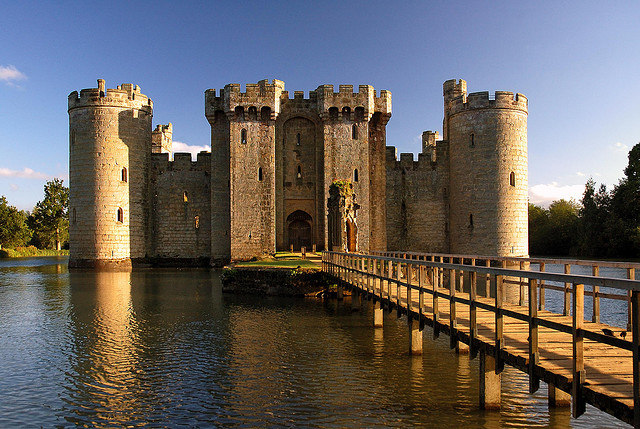
Bodiam is a moated castle, built in the 14th century by sir Eduard Dalyngrigge, with the permission of king Richard II. Conceived as a defense against France invasion during the Hundred years’ war, one might think that the aspect was neglected which was not true in the case of this castle. By contrary, Dalyngrigge even landscaped the area , in order to obtain a more attractive location for his majestic building. Intended for defense, the moat has a very important role in enhancing the beauty of this place. Alone in the middle of the water, this castle seems even more majestic. Unfortunately, today, only the exterior walls stand straight, while the interior is in ruin.
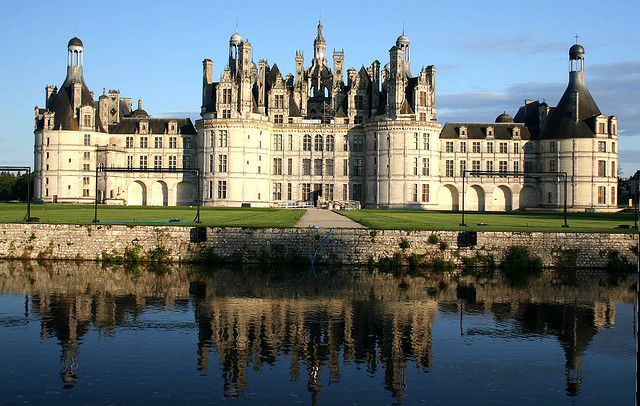
This castle is the largest in all the Loire Valley. It has 440 rooms and it was built by Francis I in the 16th century, with the help of Leonardo Da Vinci, who created the sketches. Today, the castle’s park is considered the largest enclosed forest park in Europe. In the 19 miles wall, there are 6 entries, corresponding to beautiful alleys. While entrance in the park is limited to a certain limit, two towers buit for this exact purpose reveal the richness of the place to the tourists.
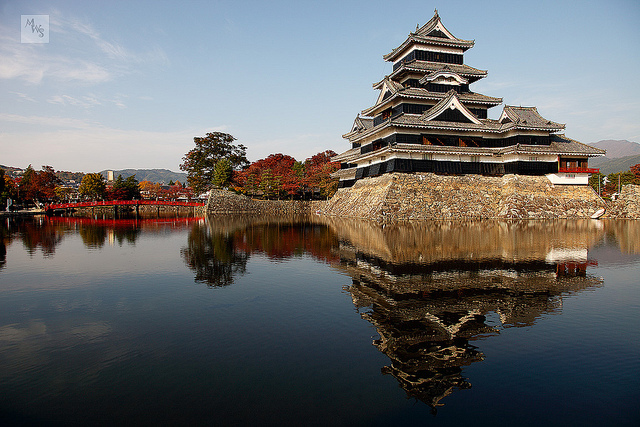
This national treasure of Japan dates from the 16th century and it is also called ‚ The Crow Castle’ because of its black exterior. Matsumoto Castle is representative for the style called ‘hirajiro’, meaning, a flatland castle, a castle built on a plain, and not in a higher place, such as a mountain. For this reason, it required better protection systems: an interconected moat, walls and gatehouses served that exact purpose.
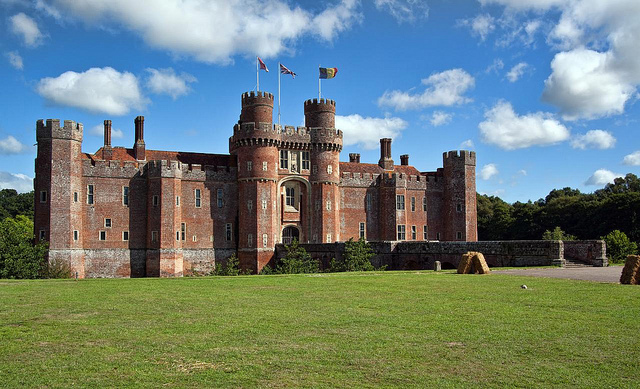
Being one of the oldest brick buildings in England, Herstmonceux Castle was meant for relaxation and comfort, not for defense. It was built in the 15th century in Tudor style and it is one of the most magnificent castles in the world. It remained intact up to this day and it is used by the International Study Centre of Queen’s University, Canada. Every year, England’s Medieval Festival is kept on its perimeters.However, being used by the organization mentioned above, the estate cannot be visited.
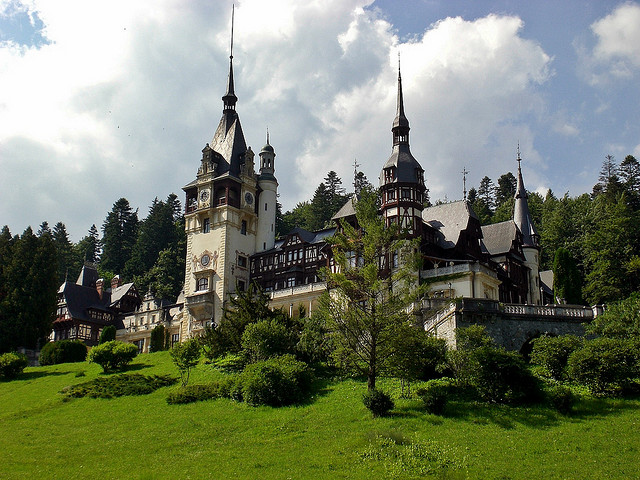
Peleş Castle is a neo-renaissance style, being built between 1873 and 1914.In 1866, king Carol I of Romania visited Sinaia for the first time and fell in love with the mountain landscapes. He started to construction of a castle in this area. After having rejected many projects for their lack of personality and uniqueness, he finally approved the plan presented by the German architect Johannes Schultz, who imagined a castle in the style of an alpine villa, combining various European styles in order to creat a unique, fabulous building. Together with the castle, other adjacent buildings needed to be constructed, inclusively a power plant, which made Peleş the first castle in the world which used its own electricity source only.
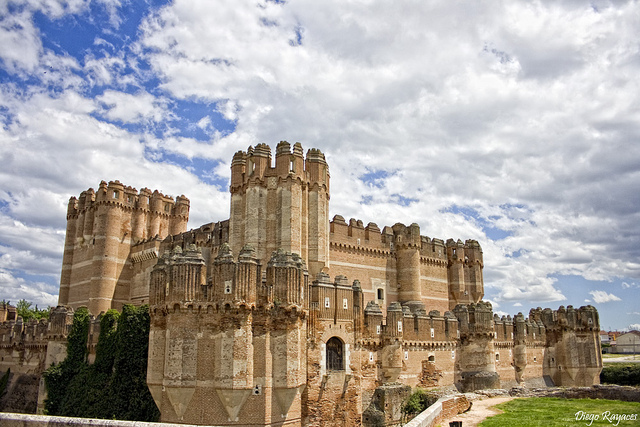
Coca Castle was built in the 15th century, by Alonso Fonseca, archbishop of Seville. It features 4 polygonal towers, one for each corner, double thick walls, circled by a moat, as well as the beautiful mudejar (Islamic architectural style) filigree. Being owned by the Alva family, the castle is in present a training centre for the foresters. It may be visited by means of a guided tour, but there are only few chambers where access is granted.
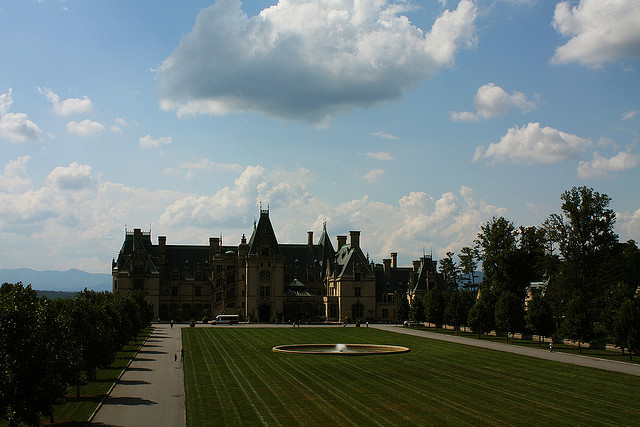
Biltmore Estate is a vast mansion, built in the style of the French castles from the Loire Valley. It was built by George Washington Vanderbilt II in 1889, currently being owned by one of his descendents. In 1930, the Estate was first open for the public, while the Vanderbilt family continued to live there until 1956. Afterwards, the estate was fully used as a museum. Its opulence is one of the main reasons for visiting the castle. Featuring an indoor swimming pool, a bowling alley, the old style exercise equipment and artwork and 19th century furniture, the Biltmore Estate is a major touristic attraction receiving 900.000 visitors each year.
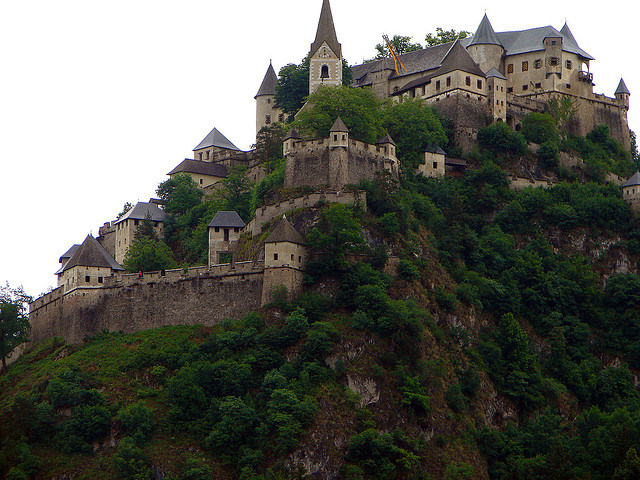
This is one of the largest castles in Europe. Extremely old, it was mentioned for the first time in 860. In 1541, the castle was granted by King Ferdinand I of Habsburg to Governor Christof Khevenhüller, who fortified it in order to be able to resist Turkish invasions and built 14 gates, equipped to defend against any attack. This is a unique and impressive feature. The property remained in his family up to this day. It suffered no significant changes in time and it is now used as a museum in the warm period, from spring to October.
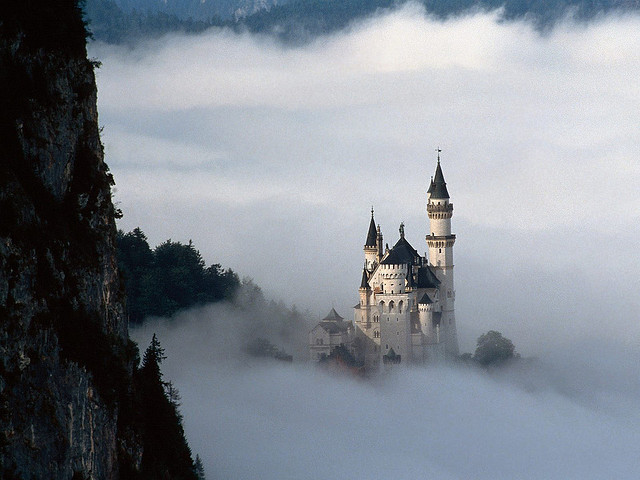
The Neuschwanstein Castle was built on the top of a hill in south-western Bavaria. It was built in the 19th century in the Neo-Gothic style by king Ludwig II of Bavaria, on the site of a Middle Age ruined castle. The castle was an old dream of the king, since he was a teenager, and he made great efforts to build a very beautiful palace. The result was a very romantic building, combining medieval style with romantic, gothic and byzantine influence of the century. It was granted to Richard Wagner, for whom he had great admiration. After the death of the composer in 1886, it was opened to the public and become a major touristic attraction of Germany.
The Ashford Castle was built in 1228 by the de Burgo family of Anglo-Norman origin, after their victory over the royal family of Connacht, the O’Connors. The estate had since then several owners and it was bought in 1939 by Noel Huggard who transformed the castle into a hotel. Ranked as one of the most beautiful castles in the world, Ashford is today the property of Gerry Barrett and his family who bought it in 2007.
1. Bodiam Castle, England

Bodiam is a moated castle, built in the 14th century by sir Eduard Dalyngrigge, with the permission of king Richard II. Conceived as a defense against France invasion during the Hundred years’ war, one might think that the aspect was neglected which was not true in the case of this castle. By contrary, Dalyngrigge even landscaped the area , in order to obtain a more attractive location for his majestic building. Intended for defense, the moat has a very important role in enhancing the beauty of this place. Alone in the middle of the water, this castle seems even more majestic. Unfortunately, today, only the exterior walls stand straight, while the interior is in ruin.
2. Castle of Chambord, France

This castle is the largest in all the Loire Valley. It has 440 rooms and it was built by Francis I in the 16th century, with the help of Leonardo Da Vinci, who created the sketches. Today, the castle’s park is considered the largest enclosed forest park in Europe. In the 19 miles wall, there are 6 entries, corresponding to beautiful alleys. While entrance in the park is limited to a certain limit, two towers buit for this exact purpose reveal the richness of the place to the tourists.
3. Matsumoto Castle, Japan

This national treasure of Japan dates from the 16th century and it is also called ‚ The Crow Castle’ because of its black exterior. Matsumoto Castle is representative for the style called ‘hirajiro’, meaning, a flatland castle, a castle built on a plain, and not in a higher place, such as a mountain. For this reason, it required better protection systems: an interconected moat, walls and gatehouses served that exact purpose.
4. Herstmonceux Castle, England

Being one of the oldest brick buildings in England, Herstmonceux Castle was meant for relaxation and comfort, not for defense. It was built in the 15th century in Tudor style and it is one of the most magnificent castles in the world. It remained intact up to this day and it is used by the International Study Centre of Queen’s University, Canada. Every year, England’s Medieval Festival is kept on its perimeters.However, being used by the organization mentioned above, the estate cannot be visited.
5. Peleş, Romania

Peleş Castle is a neo-renaissance style, being built between 1873 and 1914.In 1866, king Carol I of Romania visited Sinaia for the first time and fell in love with the mountain landscapes. He started to construction of a castle in this area. After having rejected many projects for their lack of personality and uniqueness, he finally approved the plan presented by the German architect Johannes Schultz, who imagined a castle in the style of an alpine villa, combining various European styles in order to creat a unique, fabulous building. Together with the castle, other adjacent buildings needed to be constructed, inclusively a power plant, which made Peleş the first castle in the world which used its own electricity source only.
6. Castillo de Coca, Spain

Coca Castle was built in the 15th century, by Alonso Fonseca, archbishop of Seville. It features 4 polygonal towers, one for each corner, double thick walls, circled by a moat, as well as the beautiful mudejar (Islamic architectural style) filigree. Being owned by the Alva family, the castle is in present a training centre for the foresters. It may be visited by means of a guided tour, but there are only few chambers where access is granted.
7. Biltmore Estate,North Carolina

Biltmore Estate is a vast mansion, built in the style of the French castles from the Loire Valley. It was built by George Washington Vanderbilt II in 1889, currently being owned by one of his descendents. In 1930, the Estate was first open for the public, while the Vanderbilt family continued to live there until 1956. Afterwards, the estate was fully used as a museum. Its opulence is one of the main reasons for visiting the castle. Featuring an indoor swimming pool, a bowling alley, the old style exercise equipment and artwork and 19th century furniture, the Biltmore Estate is a major touristic attraction receiving 900.000 visitors each year.
8. Hochosterwitz Castle, Austria

This is one of the largest castles in Europe. Extremely old, it was mentioned for the first time in 860. In 1541, the castle was granted by King Ferdinand I of Habsburg to Governor Christof Khevenhüller, who fortified it in order to be able to resist Turkish invasions and built 14 gates, equipped to defend against any attack. This is a unique and impressive feature. The property remained in his family up to this day. It suffered no significant changes in time and it is now used as a museum in the warm period, from spring to October.
9. Neuschwanstein Castle, Germany

The Neuschwanstein Castle was built on the top of a hill in south-western Bavaria. It was built in the 19th century in the Neo-Gothic style by king Ludwig II of Bavaria, on the site of a Middle Age ruined castle. The castle was an old dream of the king, since he was a teenager, and he made great efforts to build a very beautiful palace. The result was a very romantic building, combining medieval style with romantic, gothic and byzantine influence of the century. It was granted to Richard Wagner, for whom he had great admiration. After the death of the composer in 1886, it was opened to the public and become a major touristic attraction of Germany.
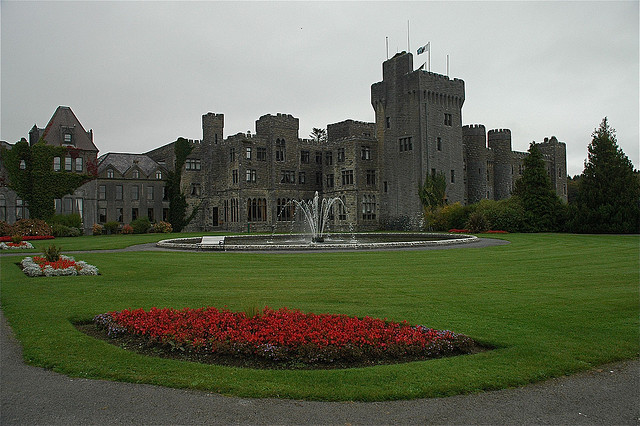
No comments:
Post a Comment